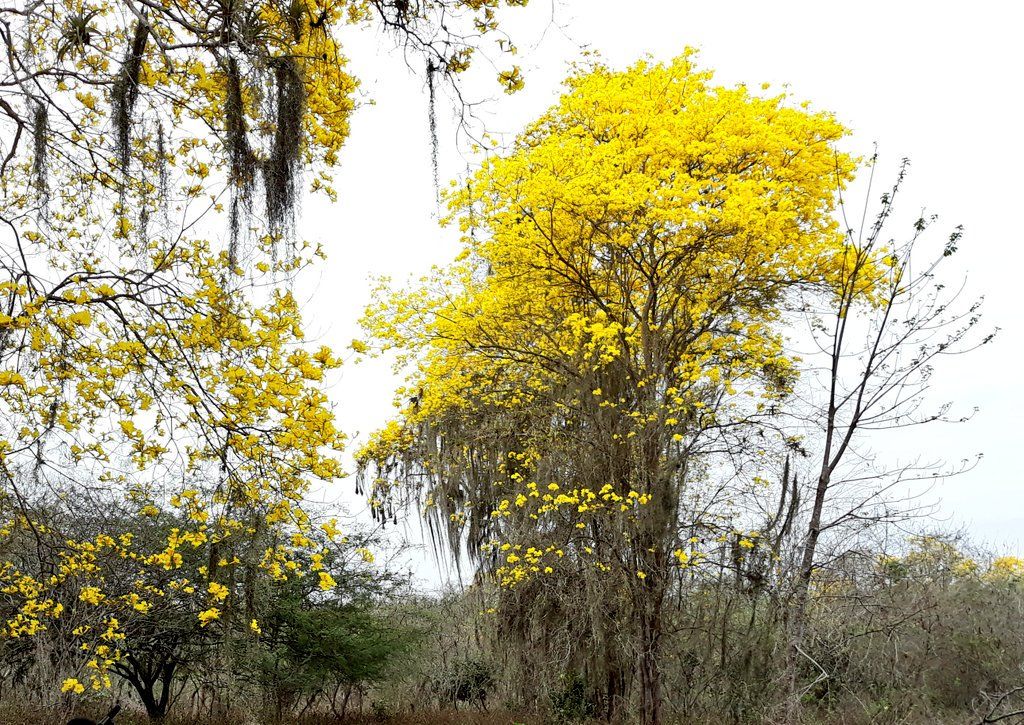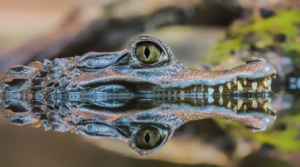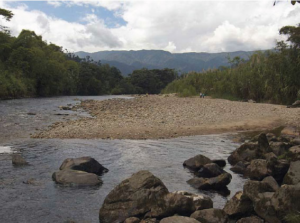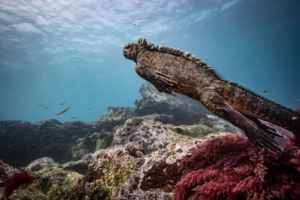Nestled in the province of El Oro, in the southwestern part of Ecuador, lies the beautiful Arenillas Ecological Reserve. This protected area boasts a diverse range of ecosystems, including dry forests, bushes, and mangroves. Its biodiversity is truly impressive, with many species that are endemic to the equatorial dry forests of southern Ecuador and northern Peru.
Formerly a military reserve, the area was declared an ecological reserve in order to protect the unique dry and semi-arid environments found within its borders. Today, visitors can explore the reserve’s small hills in the northern part, while the rest of the reserve is mostly a plain, wide coastline with mangroves along the coast.
The reserve is home to various cultivated and pasture areas, as well as the Zarumilla and Arenillas rivers, which run through its borders. Although there are no populations within the protected area, the neighbouring towns of Puerto Pitahaya, La Cuca, Chacras, Balsalito, Carcabón, Guabillo, Quebrada Seca, Palmales, Progreso, San Pedro and Huaquillas have used it as a source of income. Human activities in and around the reserve include agriculture, fishing, timber extraction, shrimp farming, brick making and informal tourism.
Biodiversity in Arenillas Ecological Reserve
Arenillas mainly protects forests and dry scrublands, including the most dry scrub in all of Ecuador. Dry ecosystems are unique in that they develop important strategies for their survival. Trees in this area lose their leaves during the dry season to prevent the little water that exists from escaping through evapotranspiration. Some of the species that have these strategies include guayacán, ceibo and palo santo trees. Other trees like the carob tree and muyuyo have small leaves that prevent significant water loss. In addition, the roots of these trees can go very deep into the soil in search of water.
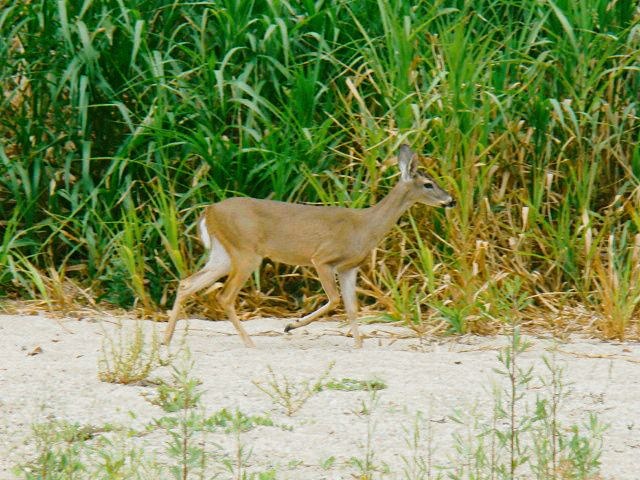
The dry forests of southern Ecuador are populated by several endemic species, especially birds. Another noteworthy species that inhabits the area is the Sapo Bocon (loudmouth toad).
Flora and Fauna of the Arid Forest
The flora and fauna in the reserve are a main attraction, with the Píntag Nuevo sector receiving the most visitors. You can take a walk through the tropical dry forest and observe the different species of flora that bloom at certain times of the year. The guayacán and bototillo trees, for example, bloom in intense yellow. Fernán Sánchez presents different shades of pink and brown. Visitors can also observe birds, reptiles and, with a bit of luck, mammals.
Trails of Píntag Nuevo
To fully experience the beauty of the reserve, visitors can follow two trails in the sector of Píntag Nuevo: The Deer Trail and Squirrel Trail. The Deer Trail is a 1.6-kilometre route that allows you to discover a part of the dry forest and its endemic species of flora and fauna. Although the route is smooth, the assistance of a guide is necessary. The Squirrel Trail, on the other hand, is a 3.5-kilometre route that covers dry forest areas where you can observe birds and species native to the area. The difficulty of this trail is medium, and the support of a guide is required.

